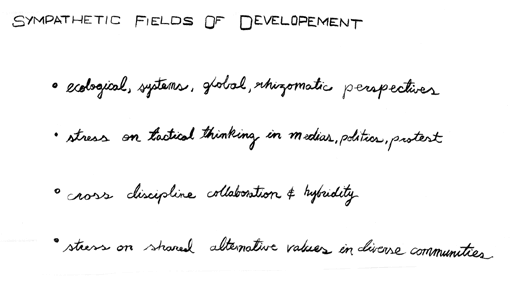Counter Cultural Dialectics (continued
1 2 3)
Robby Herbst
I offer that although the fields of art
that are developing around the dialectics of military and economic
globalization are new, there are already emerging fault lines.
This is to be expected, especially in a movement that wishes
to affirm and empower the global multiplicities to resist in
mass diversity. One emerging conflict is that of the tension
over the value and efficacy of subversion; whether that is in
the form of militant resistance to symbols of power, or in the
form of Situationist detournement. Subversion is either seen
as an invaluable tool to puncture the spectacle of a corporate/fascist
state, or conversely an end in itself unable to affirm anything
other than that which it is unable to name.

To conclude, Holland Cotter in a New York
Times article dated Jan 19th wrote; “Thus a counter culture.
I have no idea what it will, or does, or should look like. An
eye-popping hacktivist web site that carries transformative
information across the globe? A
collective of young artists having fun making books that only
they and their friends will see? Or something totally other.
But if contemporary art, marginal and minute as it its influence
is, doesn’t get it together to offer new models for a
future some of us still hope to have, chances are at this point
nobody will, and that’s more than a shame.“ Although
I have arguments with the way that Cotter characterizes counter
culture as a phenomenon whose sole location lies in the Sixties,
I do agree with his desire to affirm the power and the need
for artists (and I would add activists) to set new terms. These
would be terms that both inspire and help to discover other
ways to negotiate our world.
1
| 2 | 3 |
back<

